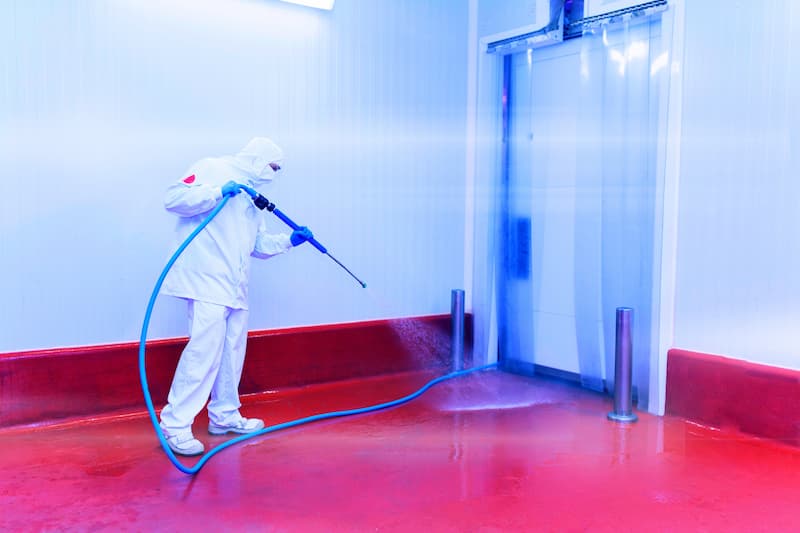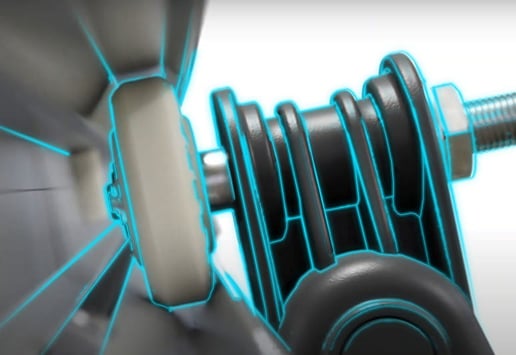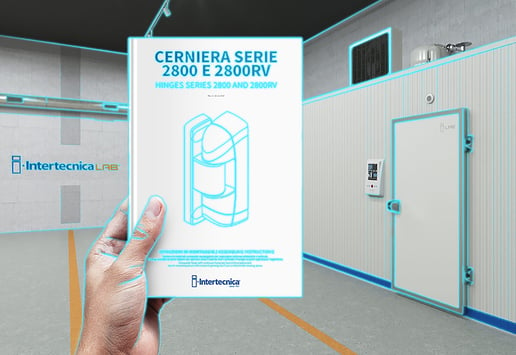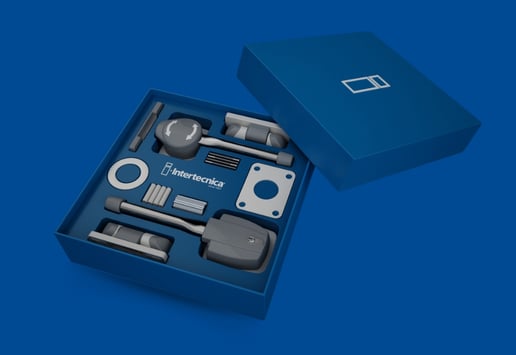When the door of a cold room is designed, produced, and installed, it is essential to choose the right materials and parts to guarantee the expected performance.
Do not forget that the door of a cold room never exists as an isolated element, but should always ‘function’ in relation to the surrounding context, which includes elements such as the floor and walls of the room.
This significantly complicates the work of designing the door, since it is not enough to identify the most suitable products or those that have the highest technical performance. It is also necessary to consider the environment in which the door will be installed and make the proper modifications and adjustments.
What external elements affect the performance of the door?
For the door of a cold room to work with perfect efficiency, it is essential that the walls of the room be planar, perpendicular, and vertical, and that the floor not be inclined excessively. Both of these elements may be particularly problematic, because the walls are never perfectly straight and the floors of cold rooms are sometimes specifically designed to have a certain inclination (for example, if the centre of the room has a grate for draining liquids).
If assessed properly, these sorts of situations do not compromise the ability to obtain a high-performance door. What is certain, however, is that the door will be subject to significant stresses which may really put it to the test. This is why it is important to consider all these aspects when designing the door of a cold room, so that the correct choices are made and adjusted consciously, including considering the choice of the various parts. Unfortunately, however, this is not always possible, and some problems may emerge only in the construction phase, when the door has already been produced and is ready for installation. Another consideration is that the floor of the room is not always finished when the door is installed, a situation that further complicates matters.
An inadequately designed door is not necessarily an inadequate door, but it will probably not guarantee the best performance over time. In the long term, the external elements will influence the seal of the door and cause the parts and gaskets to wear out faster, and they may also wear unevenly. (For example, one of the wheels on a sliding door commonly wears out before the other.)
Don't miss out on the latest news from the world of Intertecnica.
How can you prevent external elements from affecting the performance of the door?
As we have said, the first strategy in avoiding these types of problems lies in the correct design. It is important to consider the features of the walls and floor of the room at the very beginning of the design phase, to identify the type of door that is most suitable for the actual context in which it will be used. For example, in certain cases, it is preferable to lean towards a sliding door with rails on the wall rather than on the floor.
Another essential element is the choice of flexible parts, which provide solid support for the designer, and also the installer, who is actually the one who will complete the installation. The hinges made by Intertecnica, which are adjustable on three axes, allow for management of the possible contextual variables, guaranteeing a good gasket seal on all four sides where the door, walls, and floor come into contact.





